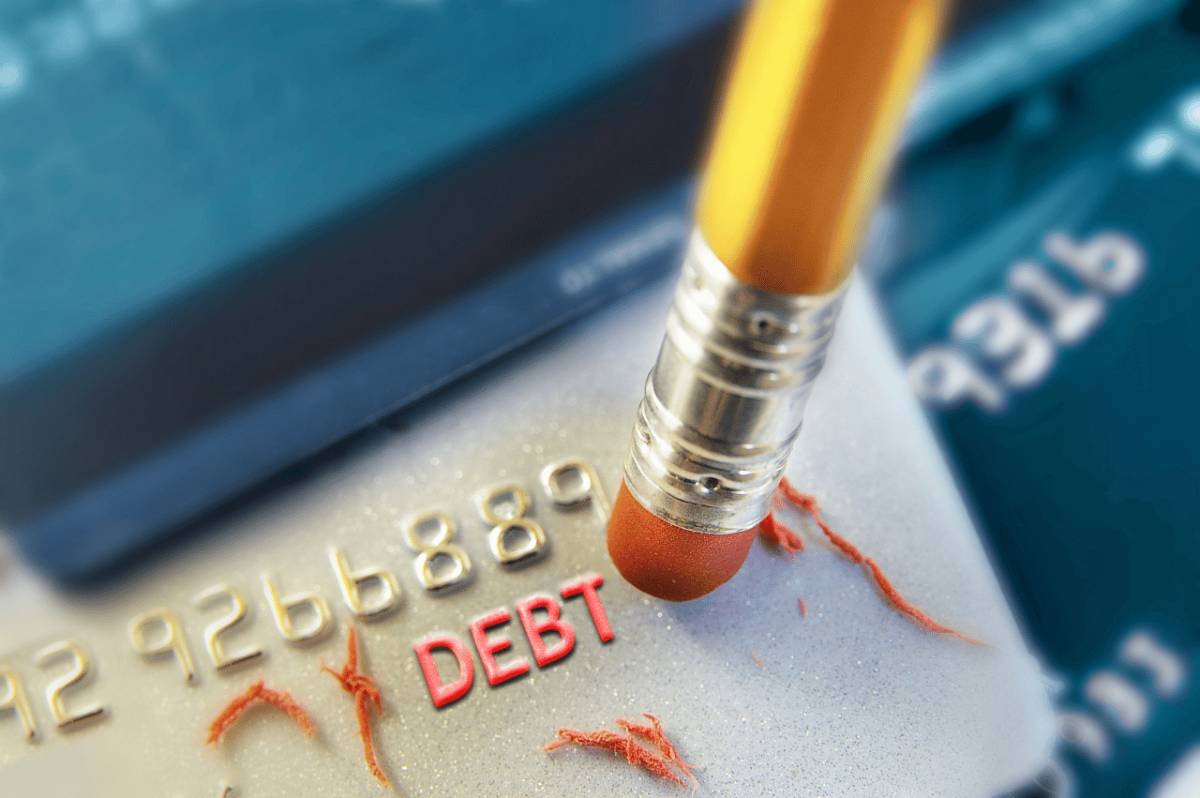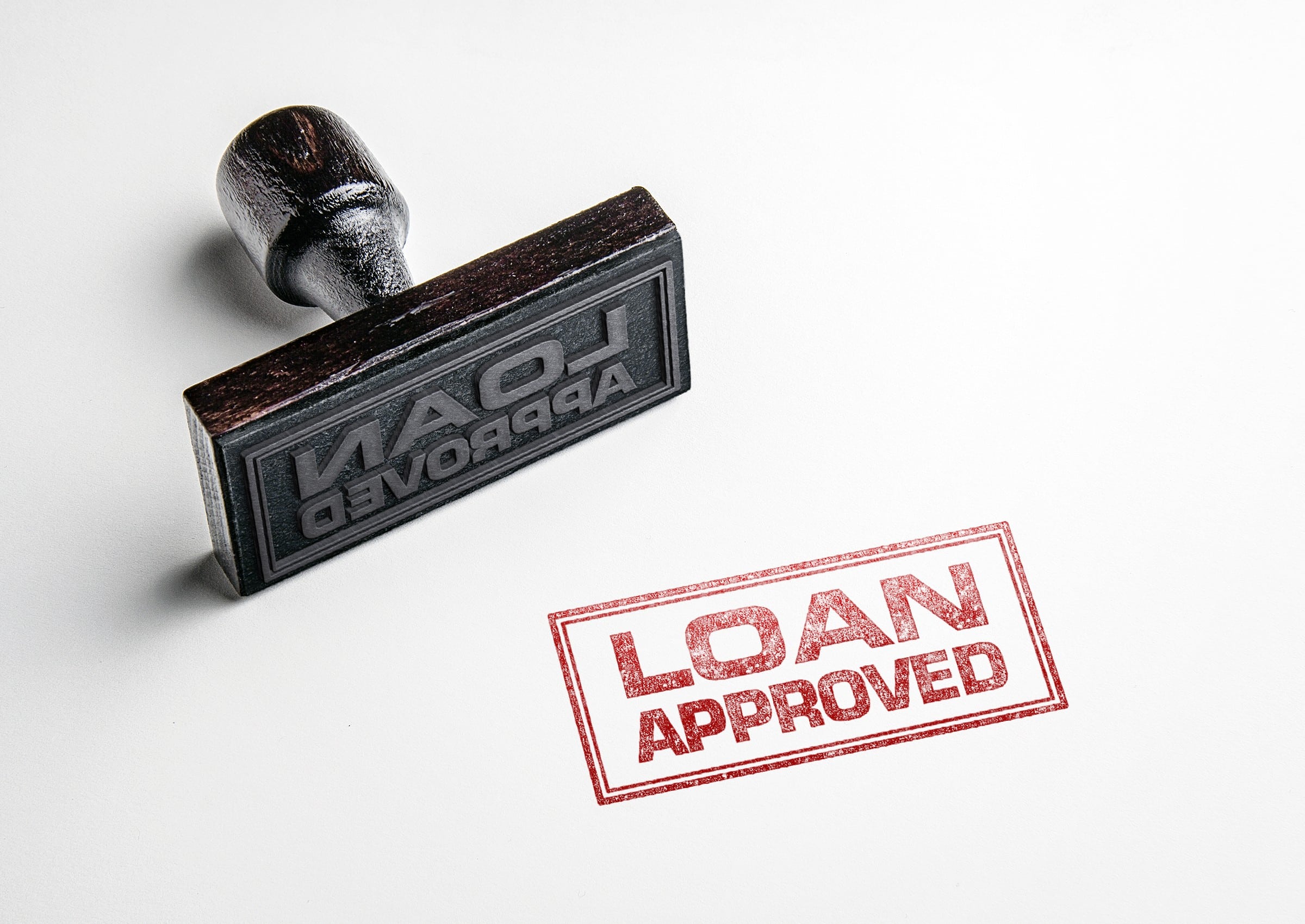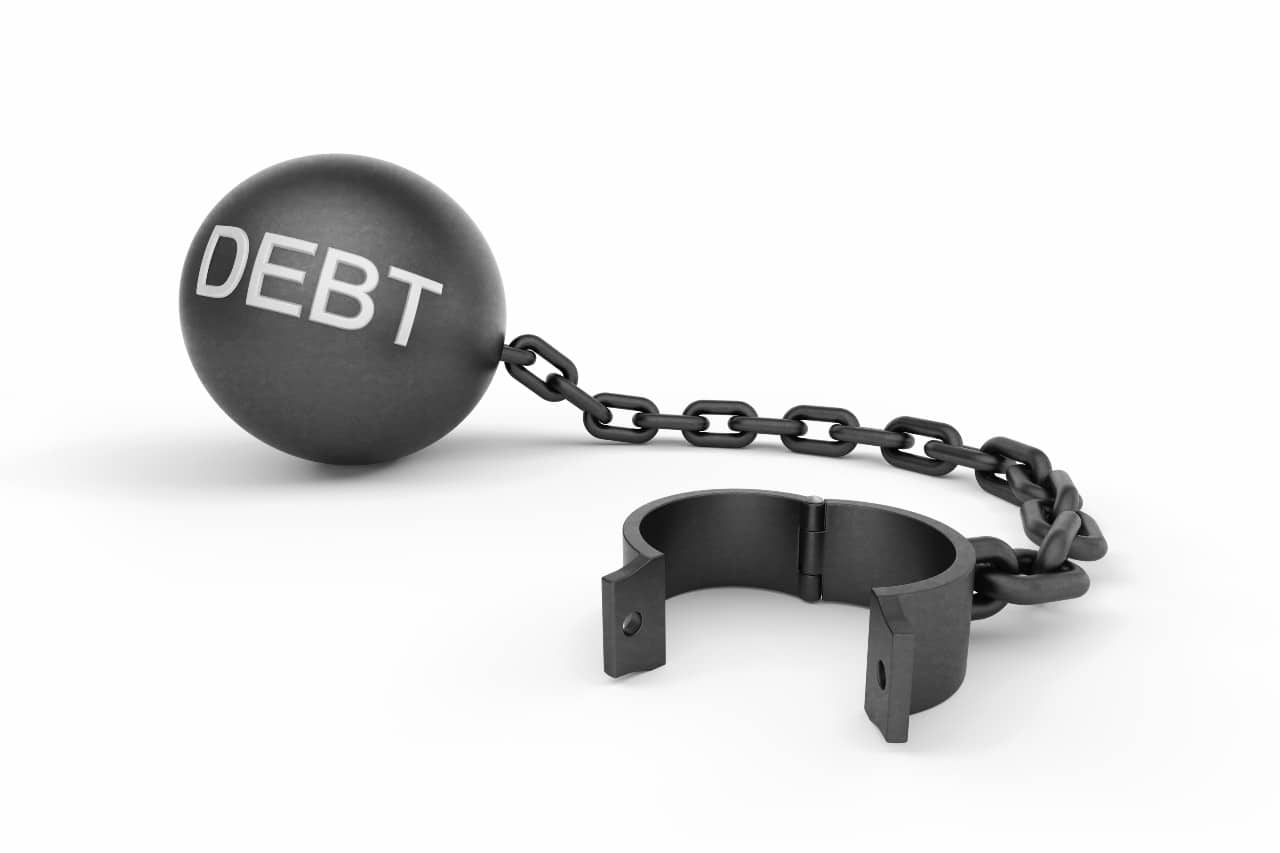When businesses take advantage of rising inflation to increase prices beyond what is needed to cover costs, it leads to greedflation. The term itself is a portmanteau of “greed” and “inflation”, and is a fairly recent concept to emerge, especially due to persistent inflation levels. In recent years, quite a few companies have faced allegations of unfair pricing practices due to greedflation.
What is greedflation?
If a business takes advantage of inflation to raise its prices, even without it actually being necessary to combat inflation or rising costs, then it would be participating in greedflation. This concept gained traction partly due to soaring costs during the global COVID-19 pandemic. Inflation was on the rise, which meant prices were too.
Many say that some businesses used this as an opportunity to take advantage of the rising costs to raise their own prices, not to sustain their businesses, but simply to increase their profit margins. At a point, if unchecked, the prices of goods no longer correlate to either supply or demand but are driven by greed and wanting to create record profits at any cost. If prices are not being corrected even after economic recovery and stabilization because of greed, it can lead to greedflation.
How can greedflation happen?
There are different ways that greedflation can manifest in the market:
Price gouging
When there is a drastic increase in price, it’s sometimes taking advantage of economic situations or periods of uncertainty. It also happens when there is a real or perceived shortage of the product, and the price is increased to reflect this, rather than the actual supply or cost.
Price fixing
When certain companies hold a greater share of the sector/market, they may collude to raise prices. This is sometimes seen in sectors where there are a few “big players” in the market, so they are able to effectively control the market. They know people have limited choices, and take advantage. In Canada, the Competition Bureau keeps an eye on industries and has the best interests of consumers at heart.
Shrinkflation
When a business chooses to reduce the size or quantity of a product while retaining the same price or even increasing it. They are counting on customers not checking the price-to-quantity ratio before making the purchase, especially if it is a product that is regularly purchased at a particular price range, like consumer goods or personal hygiene products.
Unethical practices
Businesses that take advantage of times of economic uncertainty to increase prices beyond what is necessary to cover their operating costs and even profit margins, often resort to unethical practices to maintain this position and create “record profits”.
Effects on Canadians
Canadians have been dealing with inflation and increased costs for a while now. There have been price fluctuations in the energy sector, and the housing market pricing has substantially gone up. Canadians have also noticed shrinkflation and the rise in food prices in general for a while now.
Telecommunications, banking and financial services, and grocery chains are just a few of the sectors in Canada with very little competition on a large scale. Hence, many sectors are facing somewhat of an oligopoly, making greedflation, or even generally higher prices, easier to execute.
Overall, inflation in Canada has now reduced to around the 2% mark, but prices in stores have not changed in line with this. Many studies have noted that wages are not growing anywhere near the same rate as prices, which leads to lower purchasing power in general, and consequently, a lower standard of living.
This also means that Canadians are having to spend more on necessities and fixed costs, which means less savings. For someone trying to make ends meet, it is difficult to contrast this ground reality and the rising profits of huge corporations to the tune of millions. It leads to growing income inequality, and people find themselves in more debt simply to keep up with the cost of living.
Whether all these observations are the result of greedflation is hard to say, because there are many other factors at play, especially with reference to sectors like housing and energy. Economists and policy experts also have conflicting opinions on the actual extent of the effects of greedflation. Some opine that the price fluctuations are due to market forces and economic recovery, not greed.
What can you do about greedflation?
Experts are still on the fence about whether greedflation is truly due to greed, or other market conditions. Whatever the reason may be, the fact remains that costs are often still too high. While the prices of things are beyond your control, the good news is that you definitely can control your own money.
Create and stick to a budget
If you’ve never made a budget before, just spend some time observing your spending habits. You may notice some patterns in your spending, or understand what categories you spend more on. This can help you structure a budget properly, and make sure you have allocated enough funds to each area.
Start paying off your debt
Pay off your debt, especially anything at a higher interest rate, like credit cards. The interest rates can quickly add up and take a chunk out of your paycheck for years till you can fully pay it off. When you make a budget, see if you can find some extra to put towards your high-interest debt. Every dollar counts!
Save up for an emergency fund
The recommendation is to have 3 to 6 months of living expenses saved up in an emergency fund, but it takes a while to save that much! Start small, and set up a separate savings account that you can contribute to every month. Think of it like a piggy bank, and build it up slowly.
Improve your financial literacy
Personal finance skills are very important for everyone, and it’s never too late to learn. The good news is that there are a lot of resources to help you improve your financial literacy. Creating a budget, making regular debt payments, and building an emergency fund is a great start!
Make thoughtful purchases
Make a conscious decision on your purchases and see if it’s really worth the time and money. You could also consider frugality, especially in certain areas you don’t mind cutting back on. Observing your spending patterns will help you figure out what those areas could potentially be. This will also help your dollars stretch further in areas that are important to you. Put together, these things can support you in sticking to your budget.
Key takeaways
Greedflation is a controversial concept that has gained significant traction. It involves businesses raising their prices beyond what is necessary to cover costs or sustain business revenue.
It can manifest in a variety of ways, like price gouging, price fixing, shrinkflation, or other unethical practices. Canadians have been dealing with inflation and increased costs for a while now, across multiple sectors. Experts suggest that the drastic price increases may not be solely due to inflation, but other market forces. Even if it may well be true, rising costs are a real issue, and there are a few ways to control your own finances.
Observing your spending patterns and sticking to a budget is a great start. The next step is to start paying off debt, and building an emergency fund you can dip into to avoid further high-interest debt. Dealing with debt? Contact one of our trained credit counsellors for advice – they can help you figure out which debt relief strategy could be the right fit for your specific situation.










